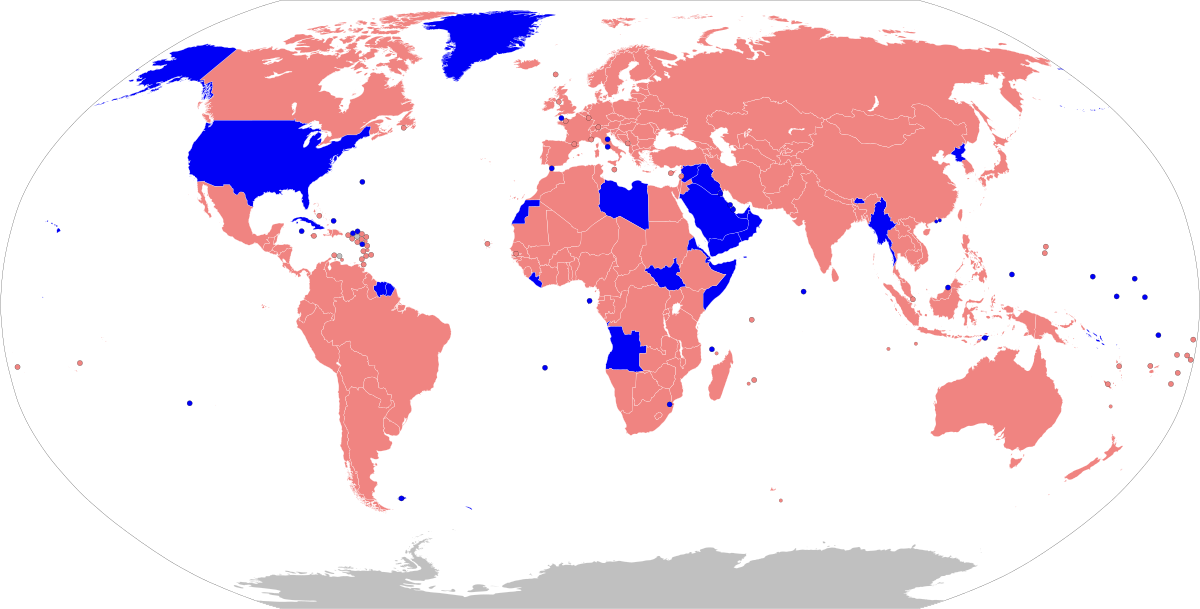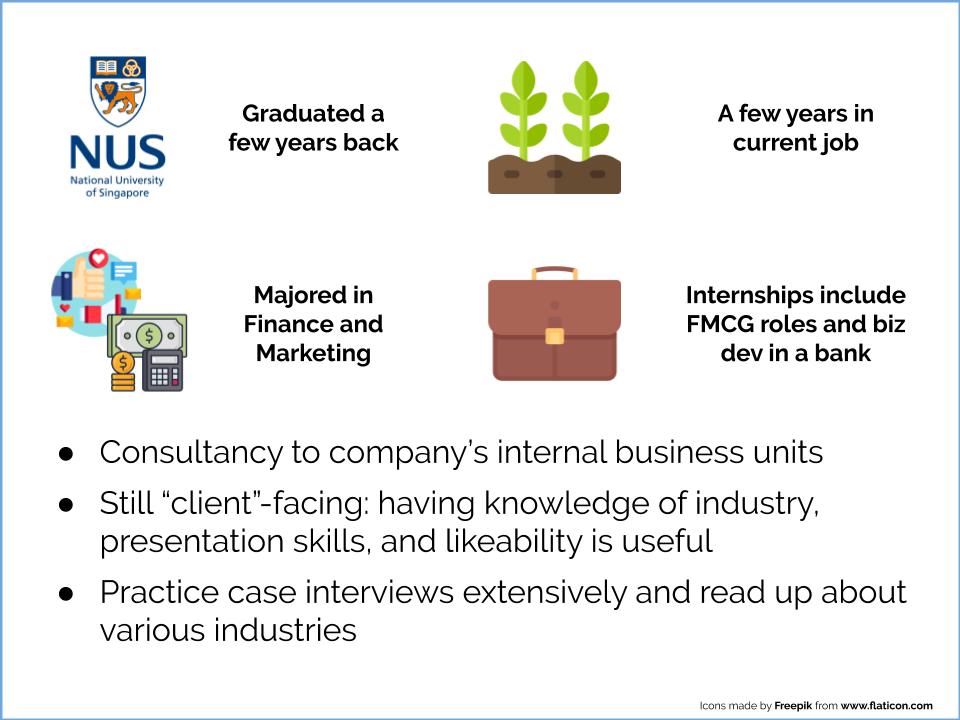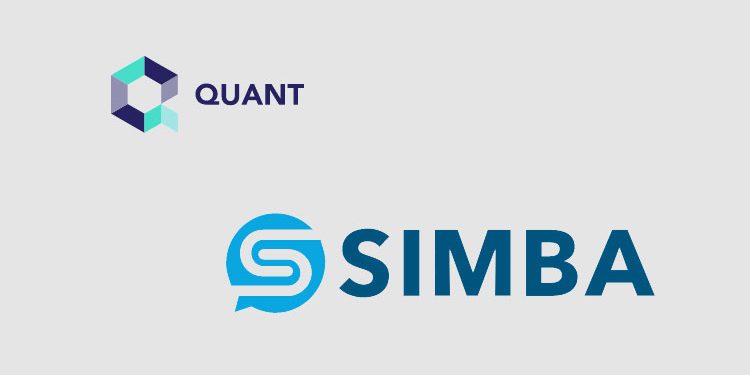Financing Assumptions Examples, Templates

On the contrary, financing-mix affects the yield per share which belongs to the equity shareholders but do not affect the total earnings since, they are determined by investment decisions of a firm. From a theoretical point of view, capital structure affects either cost of capital or expected yield, or both, of a firm. On the contrary, financing-mix affects the yield per share which belongs to the equity shareholders but do not affect the total earnings, since they are determined by investment decisions of a firm.
An income statement demonstrates the company’s income and expenses over a given timeframe, used to reflect performance. Learn the operations of income statements in multi vs single-steps and the details of the line items they use. Companies have only three ways to raise money to finance their operations and fuel their growth and expansion. They can borrow money by issuing bonds or obtaining loans; they can re-invest their profits in their operations, or they can issue new stock shares to investors. Developed in the 1950s, the theory has had a significant impact on corporate finance.
Of course, there is a limit to how much a bank will commit to lending a given company; leveraged finance bankers can help you put a cap on this number. Where wd is the proportion of debt in total capital (debt ratio) and we is the proportion of equity (1 – debt ratio). At its most basic level, the theorem argues that, with certain assumptions in place, it is irrelevant whether a company finances its growth by borrowing, by issuing stock shares, or by reinvesting its profits.
Net Operating Income Approach of Capital Structure
The main rationale behind the theorem is that tax-deductible interest payments positively affect a company’s cash flows. Since a company’s value is determined as the present value of the future cash flows, the value of a levered company increases. The financial structure of a firm comprises the various ways and means of raising funds.’ In other words, financial structure includes all long-term and short-term liabilities.
In other words, financial structure includes all long-term and short-term liabilities. But if short- term (i.e., current) liabilities are excluded the same is known as net worth or capital structure. The traditional approach to capital structure stresses the fact that there is a right mix of equity and debt in the capital structure, at which the market value of a company is maximum. The second proposition of the M&M Theorem states that the company’s cost of equity is directly proportional to the company’s leverage level.
Financial Leverage:
Thus, firms using financial leverage within certain limits are valued higher by the market than similar companies with lower financial leverage. Total capital of STAR S.E. Inc. is $3,000,000 and expected earnings before interest and taxes are $510,000. Management needs to determine the optimal capital structure in which the market value of a company will be maximized. The information about cost of debt (kd) and cost of equity (ke) at different values of debt ratio is presented in the table below. When financial leverage equals to 0, i.e., the capital of a firm is represented by equity only, its WACC is equal to the cost of equity. As the financial leverage increases, the WACC will decrease until the marginal cost of debt is lower than the marginal cost of equity.
In other words, the decisions of capital structure affects the value of the firm by the returns that are made available for the equity shareholders. The M&M Theorem, or the Modigliani-Miller Theorem, is one of the most important theorems in corporate finance. The main idea of the M&M theory is that the capital structure of a company does not affect its overall value.
- In order to explain the theories of capital structure we are to use the following systems in addition to the above assumptions.
- The second proposition for the real-world condition states that the cost of equity has a directly proportional relationship with the leverage level.
- The assumption implies that companies operating in the world of perfectly efficient markets do not pay any taxes, the trading of securities is executed without any transaction costs, bankruptcy is possible, but there are no bankruptcy costs, and information is perfectly symmetrical.
- We know that a firm obtains its requirement from various sources and invest the same also in various forms of assets.
- But if short- term (i.e., current) liabilities are excluded the same is known as net worth or capital structure.
It is needless to mention that a firm must choose its financing-mix in such a manner so that it maximises the shareholders’ fund if the capital structure of the firm affects the total value of the enterprise which, in other words, goes by the name of Optimum Capital Structure for the firm. It is needless to mention that the difference between the financial structure assumptions of capital structure and the capital structure lies on the treatment of current liabilities/short-term borrowings. Thus, instead of exclusion of current liabilities, if they are included—which is quite justified in a broader sense of the term—there will be no difference between the two. The financial structure of a firm comprises of the various ways and means of raising funds.
One of the primary assumptions of capital structure analysis is that the level and variability of…
Let us make an in-depth study of the meaning, assumptions and classification of the capital structure. The calculations above prove that the value of STAR S.E. Inc. will be maximized at a debt ratio of 0.30. We know that a firm obtains its requirement from various sources and invest the same also in various forms of assets. Although a firm may start with the ‘Simple’ type, the same is converted into a ‘Complex’ one in course of time. Merton Miller and Franco Modigliani conceptualized and developed this theorem, and published it in an article, «The Cost of Capital, Corporation Finance and the Theory of Investment,» which appeared in the American Economic Review in the late 1950s.

Therefore, investors tend to demand a higher cost of equity (return) to be compensated for the additional risk. As regards capital structure, the significant point to be noted is the proportion of owned capital and borrowed capital by way of different securities to the total capitalisation for raising finance. Long-term funds can be raised either by the issue of (a) Shares, or (b) Debentures or long-term loans and borrowings. The Modigliani-Miller theorem (M&M) states that the market value of a company is correctly calculated as the present value of its future earnings and its underlying assets, and is independent of its capital structure.
When capital structure is composed of more than one source or identical nature, the same is known as Complex Capital Structure. In other words, if the capital structure is composed of Equity Share Capital, Preference Share Capital, Retained Earnings, Debentures, Long-term Loans and Current Liabilities etc., the same is known as complex capital structure. Capital structure refers to the permanent financing of the company, represented by owned capital and loan/debt capital (i.e., Preferred Shares, Equity Shares, Reserves and Long-term Debts).
Company
The traditional theory of capital structure says that a firm’s value increases to a certain level of debt capital, after which it tends to remain constant and eventually begins to decrease if there is too much borrowing. This decrease in value after the debt tipping point happens because of overleveraging. On the other hand, a company with zero leverage will have a WACC equal to its cost of equity financing and can reduce its WACC by adding debt up to the point where the marginal cost of debt equals the marginal cost of equity financing. In essence, the firm faces a trade-off between the value of increased leverage against the increasing costs of debt as borrowing costs rise to offset the increase value. Beyond this point, any additional debt will cause the market value and to increase the cost of capital. The cost structure of value is also known as the capital structure of valuing a firm.
Should I stay, or should I go? – Aug 2023 Investor – Kepler Trust Intelligence
Should I stay, or should I go? – Aug 2023 Investor.
Posted: Wed, 09 Aug 2023 16:17:06 GMT [source]
Nonetheless, the presence of tax shields affects the relationship by making the cost of equity less sensitive to the leverage level. Although the extra debt still increases the chance of a company’s default, investors are less prone to negatively reacting to the company taking additional leverage, as it creates the tax shields that boost its value. The first proposition states that tax shields that result from the tax-deductible interest payments make the value of a levered company higher than the value of an unlevered company.
What Is the Modigliani-Miller (M&M) Theorem, and How Is It Used?
Conversely, the second version of the M&M Theorem was developed to better suit real-world conditions. The assumptions of the newer version imply that companies pay taxes; there are transaction, bankruptcy, and agency costs; and information is not symmetrical. In order to explain the theories of capital structure we are to use the following systems in addition to the above assumptions. When the capital structure is composed of Equity Capital only or with Retained Earnings, the same is known as Simple Capital Structure.
Thus, from the above, it is quite clear that the capital structure of Company X is low-geared, Company Y is evenly geared and Company Z is high geared. The higher the gear, the more speculative will be the character of equity shares, since, under this condition, dividend on equity fluctuates disproportionately with the amount of divisible profits. Capital structure refers to the permanent financing of the company, represented by owned capital and loan/debt capital (i.e.. Preferred Stock, Equity Stock, Reserves and Long- term Debts). In other words, it includes all long-term funds invested in the business in the form of Long-term Loans, Preference Shares and Debentures, including Equity Capital and Reserves.
The M&M Theorem in Perfectly Efficient Markets
The traditional theory of capital structure tells us that wealth is not just created through investments in assets that yield a positive return on investment; purchasing those assets with an optimal blend of equity and debt is just as important. Several assumptions are at work when this theory is employed, which together imply that the cost of capital depends upon the degree of leverage. Based on this list of assumptions, it is probably easy to see why there are several critics. The traditional theory of capital structure states that when the weighted average cost of capital (WACC) is minimized, and the market value of assets is maximized, an optimal structure of capital exists. This point occurs where the marginal cost of debt and the marginal cost of equity are equated, and any other mix of debt and equity financing where the two are not equated allows an opportunity to increase firm value by increasing or decreasing the firm’s leverage.

The Modigliani-Miller theorem argues that the option or combination of options that a company chooses has no effect on its real market value. Gain unlimited access to more than 250 productivity Templates, CFI’s full course catalog and accredited Certification Programs, hundreds of resources, expert reviews and support, the chance to work with real-world finance and research tools, and more.

Comments closed
No comments. Leave first!